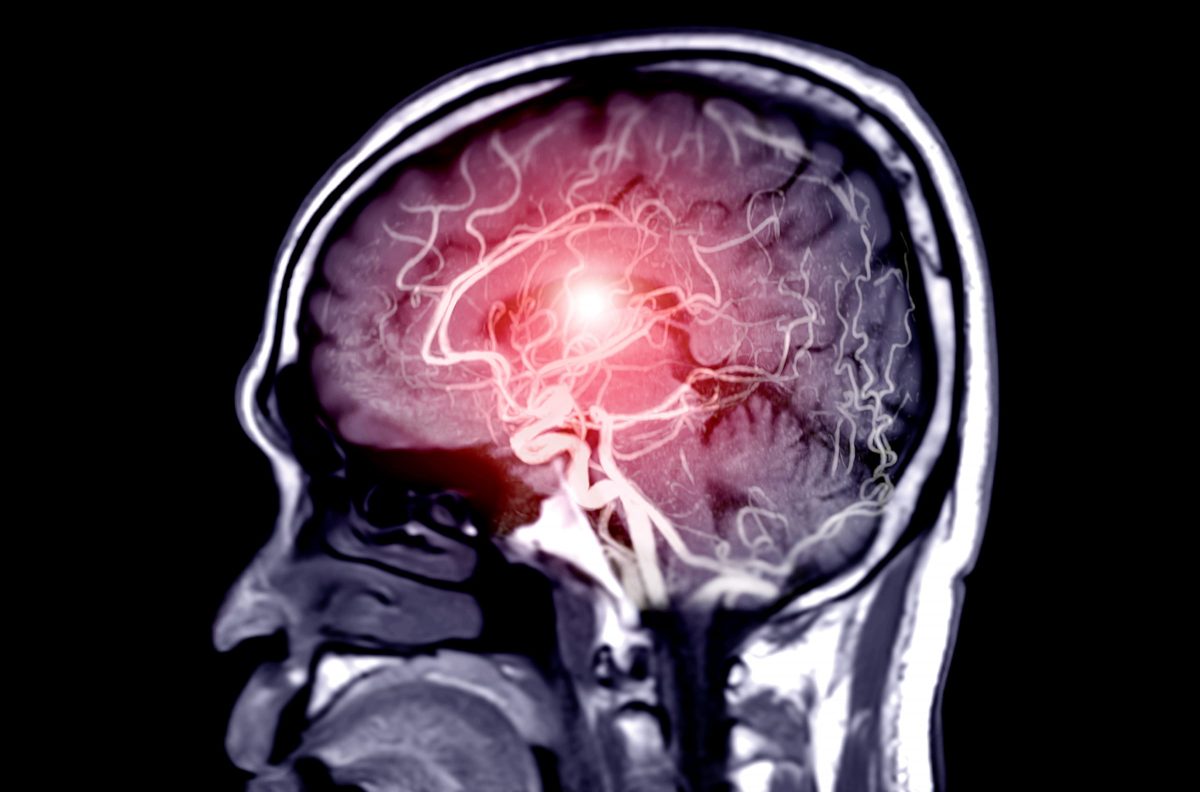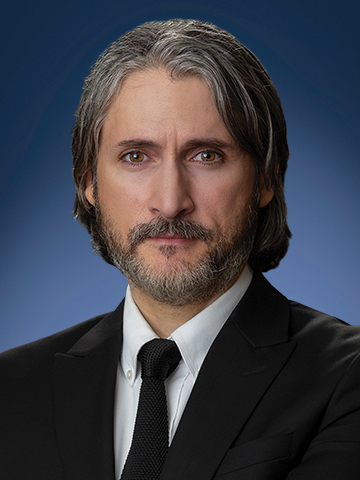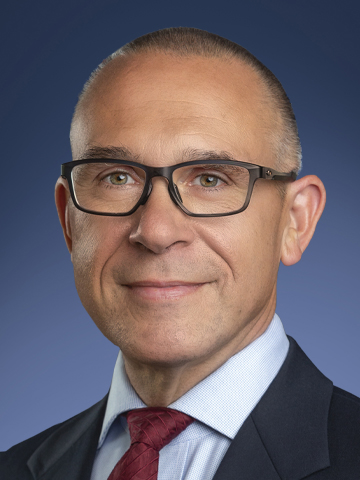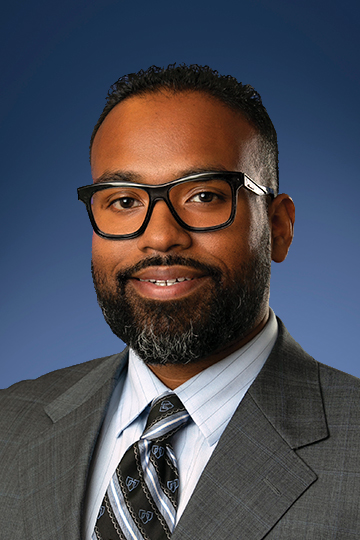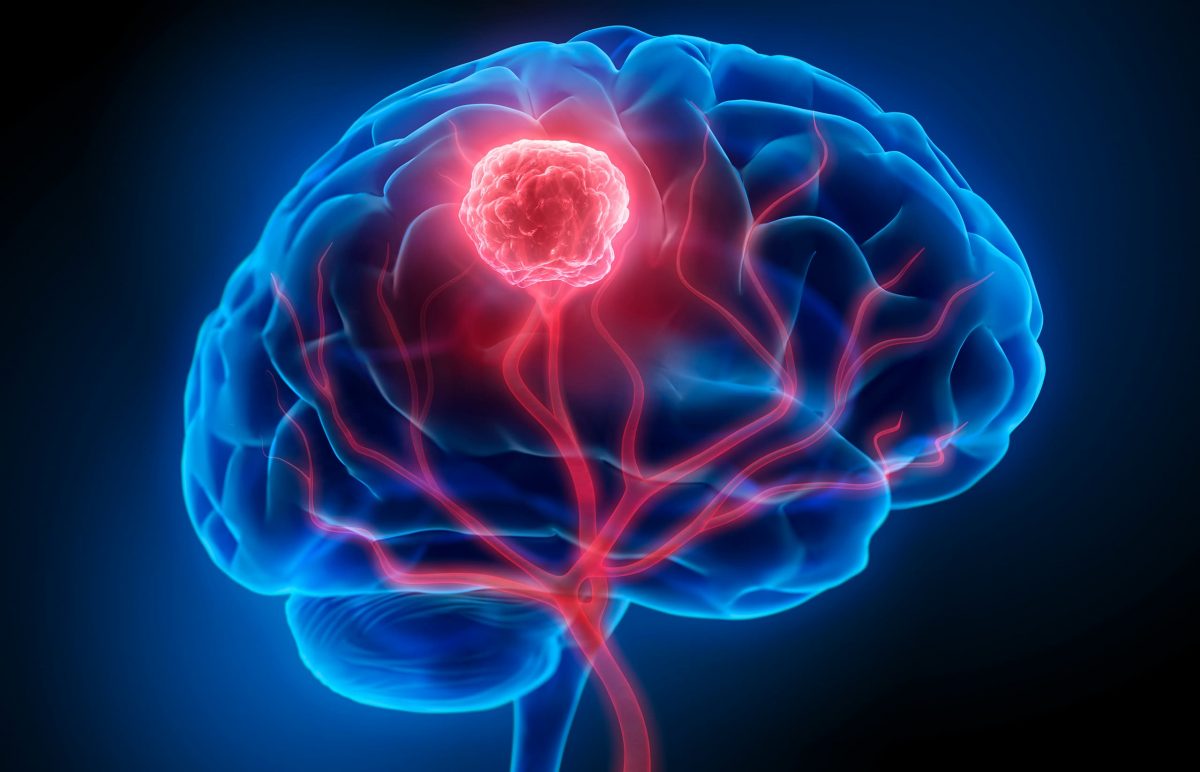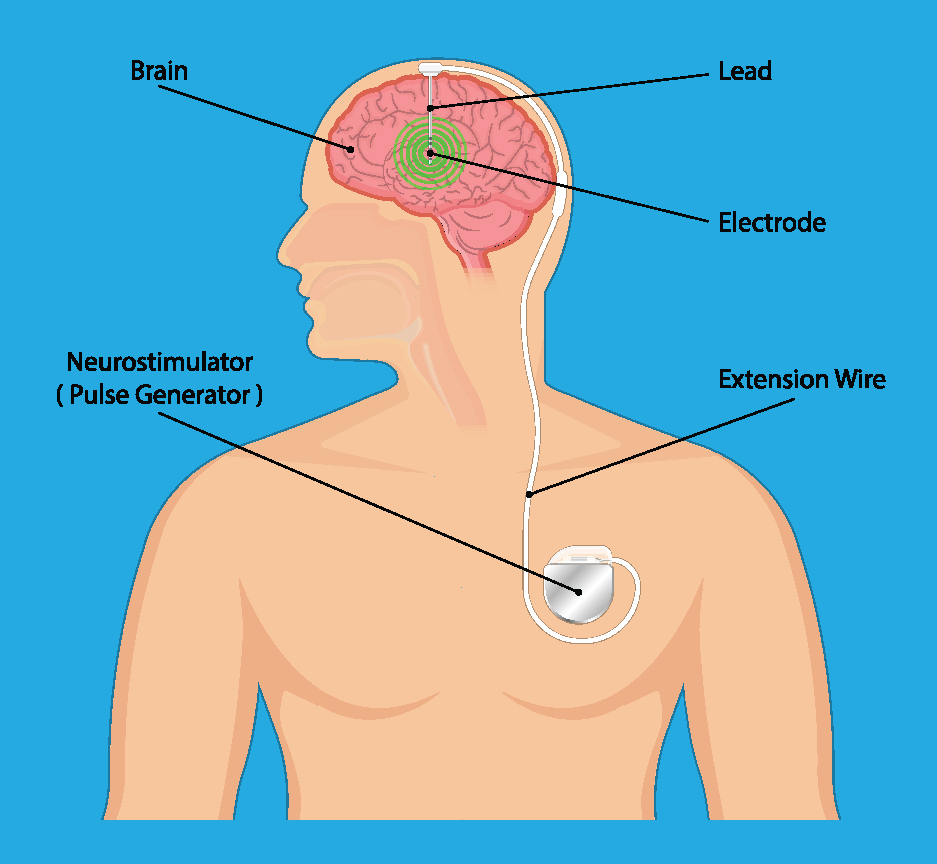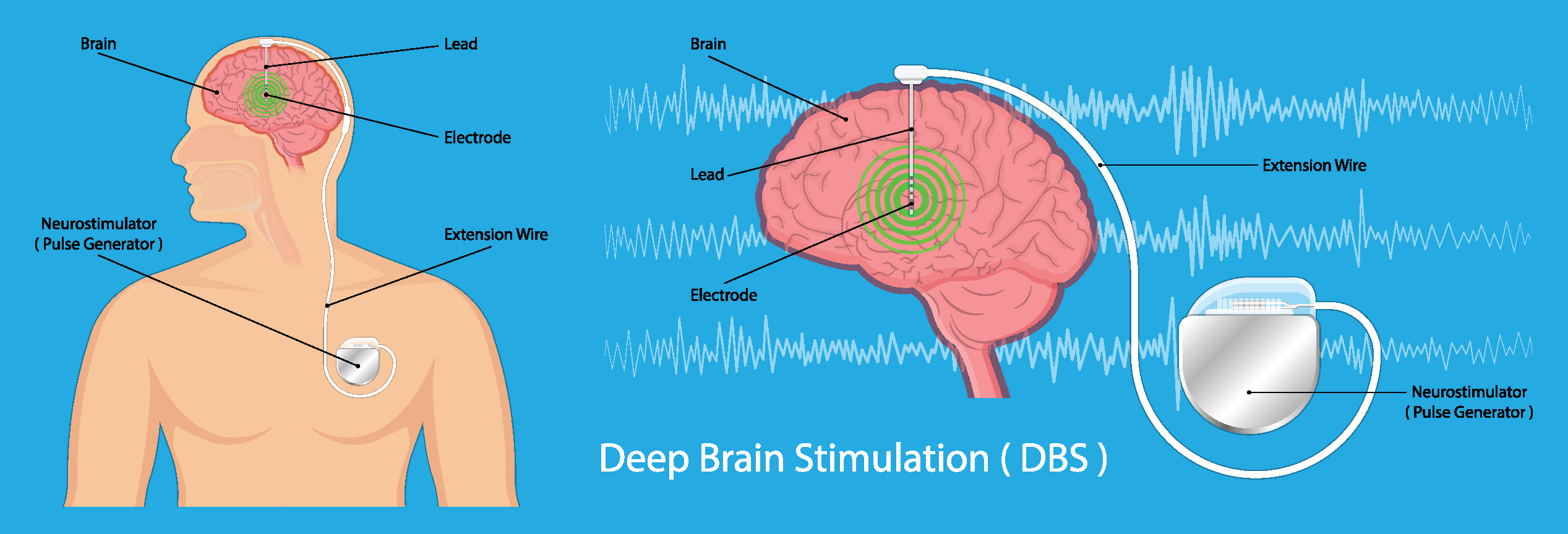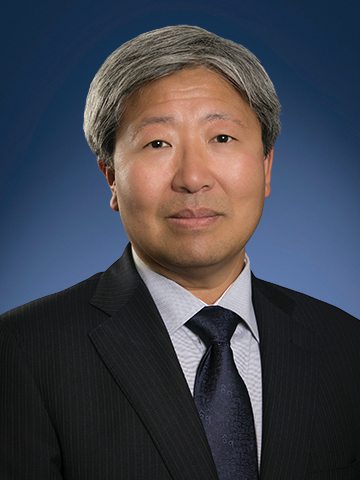
Neurosurgeon
While most people have heard of Parkinson’s disease, which affects nearly 1 million people in the United States, fewer of us are aware of its symptoms, risk factors and treatment.
Knowing about Parkinson’s Disease, including early signs to watch for, can help you and your loved ones catch the disease earlier, understand its signs, and learn how to manage it.
What Is Parkinson’s Disease?
Parkinson’s disease is a disorder of the central nervous system that affects movement, specifically how your brain communications with the rest of your body to create and execute movement.
With Parkinson’s disease, damage to nerve cells in the brain lead to reduced levels of dopamine, which plays a role in movement. When dopamine decreases, the brain and the body can’t communicate properly, leading to symptoms of Parkinson’s disease.
Parkinson’s disease is a progressive neurological condition, meaning it starts slowly and gets worse over time. It typically starts in one portion of the body, such as the arm or leg, and eventually crosses over to affect the other side of the body as well. Early- to mid-stage symptoms of Parkinson’s disease include:
- Tremors/shaking in fingers, thumb, hand or chin
- Stiffness
- Constipation
- Trouble sleeping
- Smaller handwriting (micrographia)
- Speaking in a lower or softer voice (hypophonia)
- Dizziness
- Slowed movement (bradykinesia)
- Loss of smell
- Stooped posture
Very recently, new research has identified two more early signs of Parkinson’s disease: hearing loss and epilepsy.
Since many of these symptoms could be caused by other health conditions, it’s important to talk with your healthcare provider to potentially rule out Parkinson’s disease if you’re experiencing them.
As Parkinson’s disease progresses, so do the symptoms. Some that may show up later in the course of the disease include:
- Tremors and stiffness on both sides of the body
- Walking problems
- Loss of balance
- Shuffling gait
- Markedly stooped posture
Parkinson’s disease can also affect a person’s mental health, and is linked to conditions such as depression, anxiety and dementia.
Risk Factors for Parkinson’s Disease
Although scientists haven’t been able to pinpoint what causes Parkinson’s disease, they have identified some risk factors. These include:
- Genetics
When people develop Parkinson’s disease at a young age (in their 20s or 30s), the cause is often genetic. - Advanced age
The average age of onset for Parkinson’s disease is around 60 years old. - Gender
Parkinson’s disease is more common in men than women. - Environmental triggers
Exposure to pesticides/herbicides, heavy metals and other toxic chemicals has been shown to increase the risk for developing Parkinson’s disease. A street drug called “synthetic heroin” is also associated with Parkinson’s disease.
Treatments and Management for Parkinson’s Disease
There is no cure for Parkinson’s disease, but it can be managed and even slowed, depending how early the disease is diagnosed. Treating Parkinson’s disease typically involves increasing the amount of dopamine in the brain. This can be done with medications, including some types of antidepressants; newer anti-Parkinsonian medications are designed to provide a steady level of dopamine so patients don’t experience the crash associated with earlier treatments.
In addition to medication, deep brain stimulation (DBS) can be helpful for managing Parkinson’s disease symptoms. DBS is a surgical procedure where electrodes are implanted that deliver tiny electrical impulses to the parts of the brain that control movement. A major advantage of DBS is that it levels off dopamine levels without the side effects associated with some Parkinson’s disease medications.
Keeping the body healthy and moving are also key to controlling Parkinson’s disease symptoms, and many people find physical therapy to be helpful for maintaining movement.
If you think you may be experiencing Parkinson’s disease symptoms, or if you have a family history of the disease, you may want to ask your healthcare provider for a neurological referral. A neurologist can provide a diagnosis and start you down the path of managing your Parkinson’s disease.

